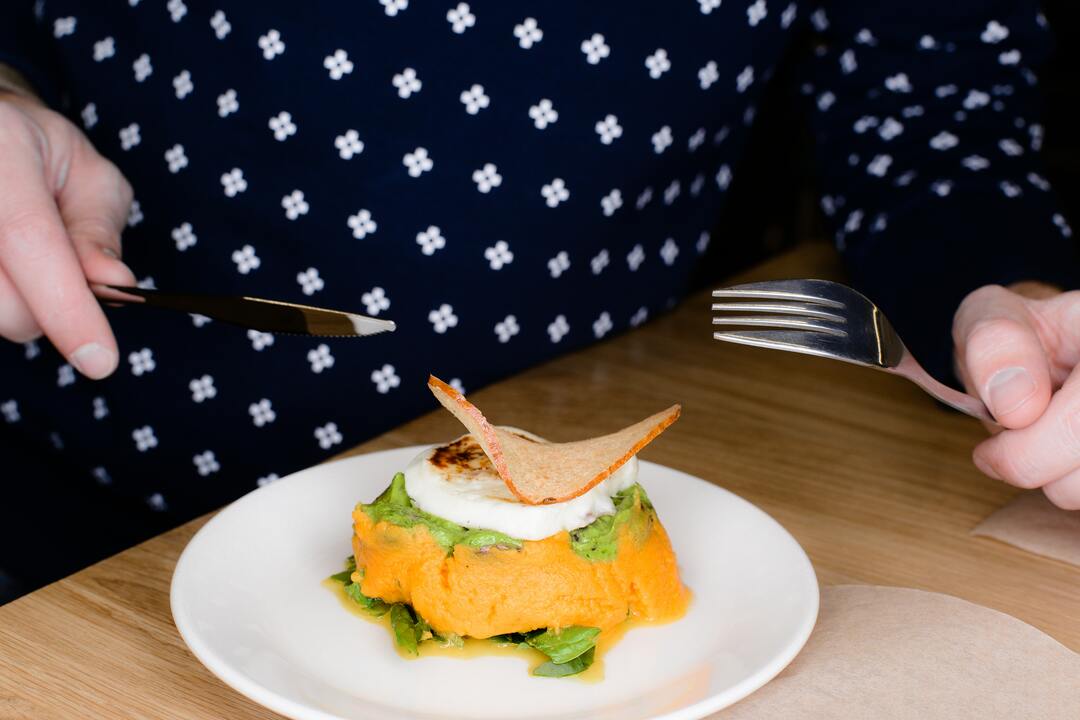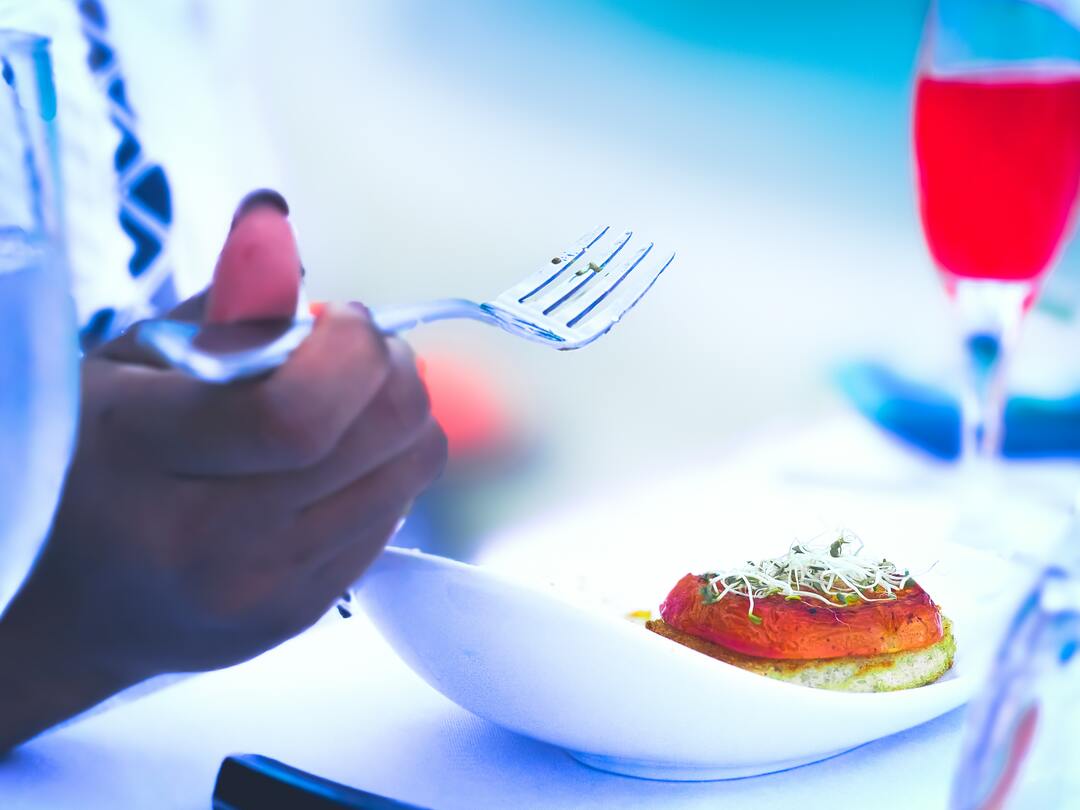Every person at least once in his life may be faced with a situation when you need not just to eat, but to do it beautifully and correctly. It is for such cases that basic knowledge of etiquette is needed. Learning them is not as difficult as it might seem at first glance. Especially when it comes to cutlery.
There are two ways of competently handling the devices: European and American. The rules in them often overlap (for example, the same sequence of actions). The differences relate to the use cases of the devices.

@dmitriy frantsev
European style of cutlery use
The content of the article
- European style of cutlery use
- American style of cutlery use
This method is sometimes called "continental". It is the most common, but its rules are somewhat stricter than the American style.
For example, preparing the table for a meal is important. The tablecloth must be spread so that its edges drop no more than 25 cm. Naturally, they should hang in the same way along the entire perimeter of the table. The blade of the knife should be turned towards the plate, it is placed on the right. The fork must be placed on the left with the prongs up.
It is equally important how to use the devices directly with food. Consider some of the nuances of the continental option:
- Devices always "work" in a duet. The fork is held with the left hand and the knife with the right. Europeans are very sensitive to the position of tools in their hands while eating. So, the fork must be turned with the prongs down.
- The left wrist remains on the table. Do not wave your tools if lunch is interrupted by conversations. It is better to put them on a plate.
- It is important to watch your elbows: they should not interfere with your neighbors. If the right hand is free, it should be placed on your knees.
- Do not turn the plug over. Even if there is a side dish on the plate, consisting of small pieces that are difficult to pick up.
- Transfer of devices from hand to hand is not allowed.
- If a liquid dish is served, then you must first eat the entire broth. The spoon should be in your right hand. If there are large pieces of meat and vegetables in the soup, they are eaten after the broth.
If there is a pause during the meal (for example, due to a conversation, meeting a late guest, an important toast), put the cutlery on a plate. A competent sequence of actions is important here. First you need to put the knife (the blade looks to the left and is directed to the center of the plate). The fork is placed over the knife (the teeth are facing downwards).
It is necessary to finish the meal correctly. According to the European style, the cutlery should be placed at an angle in relation to the plate, but so that they are parallel to each other. The fork is facing downward with the prongs.

@ Obi Onyeador
American style of cutlery use
A more democratic option. Table preparation should be the same as in the continental method. However, the use of tools while eating will be different. So, the following features are characteristic of the American style:
- The fork can be used as a stand-alone device or in tandem with a knife.
- A knife is only needed to cut large pieces of food.
- The plug can be held in either hand. Everything here is determined by the specific situation. If it is necessary to cut a piece, it is placed in the left hand, and the knife in the right. Do not grip the tools too tightly. When the piece is cut, the knife should be placed on the edge of the plate. It is recommended to put the fork (with a piece of food on it) in the right hand.
- It is allowed to use a fork with the tines up (as if it were a spoon). For example, if you want to eat finely chopped vegetables. At this time, the knife remains on the edge of the plate. Its blade should look inward again.
- You can put your left hand on your knees, but not gesticulate with it, especially if there is another dinner participant sitting nearby.
- You can put small pieces on a fork with a piece of bread. This must be done carefully. So, don't leave used bread on the table. Better to eat it next to the contents of a fork, or place it on the edge of a plate.
A pause in a meal also has its own characteristics. It is customary to leave the fork and knife on the plate. They should lie parallel to each other, but not side by side (as is assumed in the European style). The knife is placed almost on the edge of the plate with the blade inward. Fork - closer to the middle, prongs up.
When the meal is over, the cutlery is placed on a plate parallel and close to each other. The prongs of the fork "point" upwards, the blade of the knife - in the center of the plate. To position the instruments correctly, you can imagine a clock. It should give the impression that the knife and fork are connecting the numbers 4 and 10 on the dial.
It is believed that maintaining etiquette is difficult and troublesome. But this statement is true only as long as the rules are studied and the skills of competent table behavior are consolidated. When all actions are perfected and brought to automatism, adherence to etiquette becomes the norm, allowing you to show your best side in any situations.
Subscribe to our Social Networks